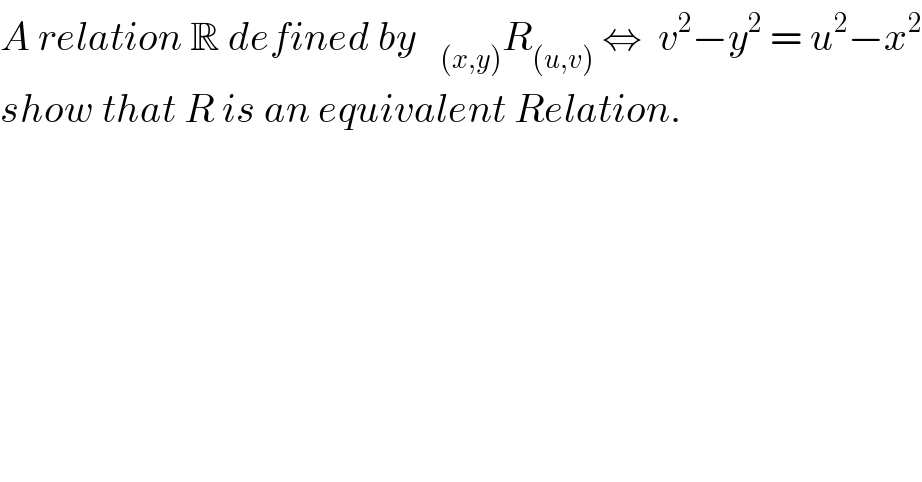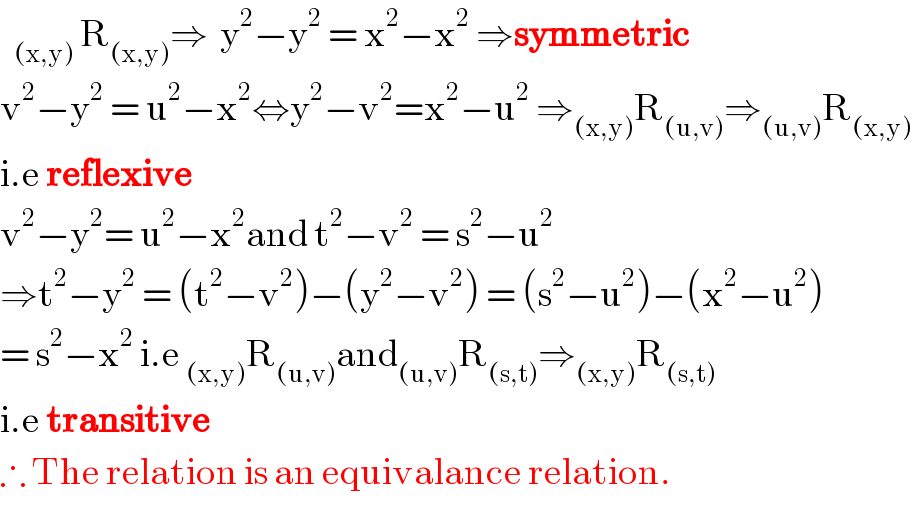
Question and Answers Forum
Question Number 67688 by Rio Michael last updated on 30/Aug/19

Commented by Prithwish sen last updated on 30/Aug/19

| ||
Question and Answers Forum | ||
Question Number 67688 by Rio Michael last updated on 30/Aug/19 | ||
 | ||
Commented by Prithwish sen last updated on 30/Aug/19 | ||
 | ||